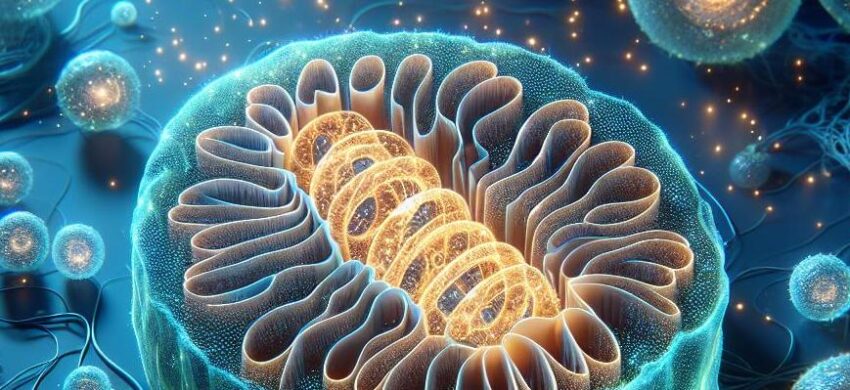Mitochondria are unique organelles found within the cells of almost all complex organisms, acting as powerhouses responsible for energy production. Each cell can contain hundreds or even thousands of these tiny, double-membraned structures, housing enzymes and molecules required for transforming nutrients into adenosine triphosphate (ATP), the functional currency of cellular energy. The more energy a cell needs, the more mitochondria it contains. For instance, muscle cells, being highly energy-dependent to accommodate constant contraction and relaxation, are highly rich in mitochondria. Interestingly, mitochondria also have their own DNA, separate from the cell’s nuclear DNA, a characteristic that has fueled scientific belief that they were once independent organisms. This theory, called the Endosymbiotic Theory, argues that mitochondria were once bacteria that got engulfed by a primitive cell, establishing a symbiotic relationship over time. Beyond energy production, mitochondria also perform other vital functions, including calcium storage, apoptosis (programmed cell death), and the generation of heat and regulation of metabolism.
 |
 |

